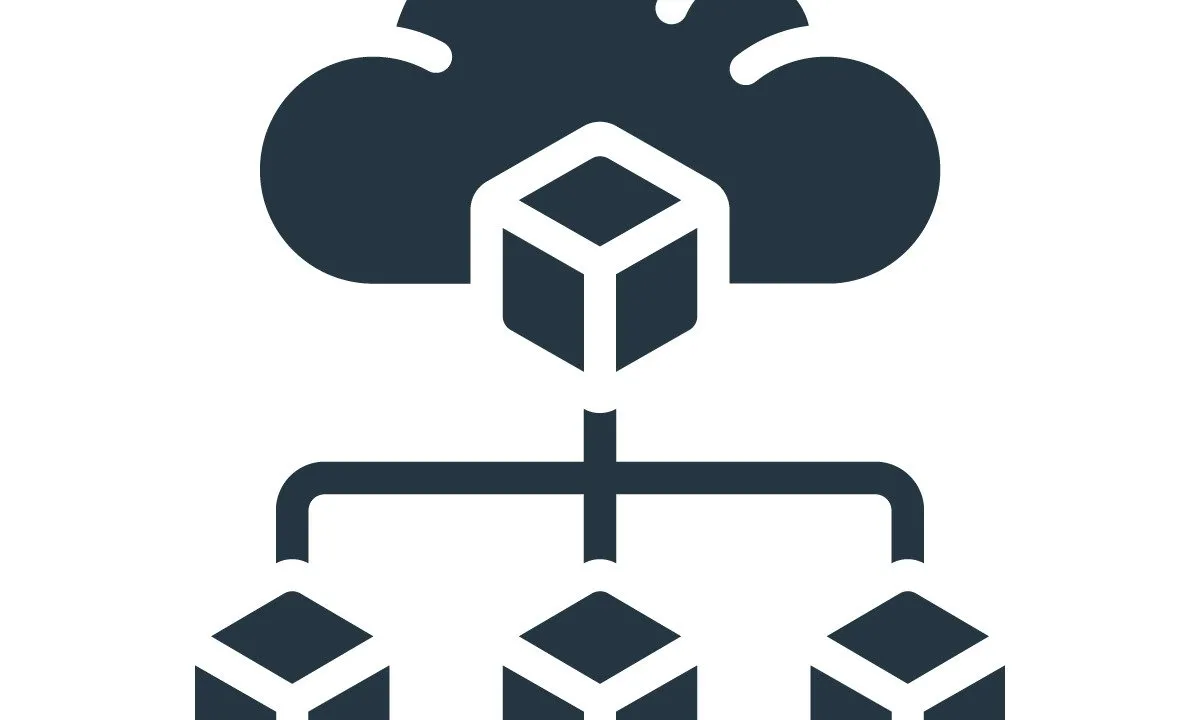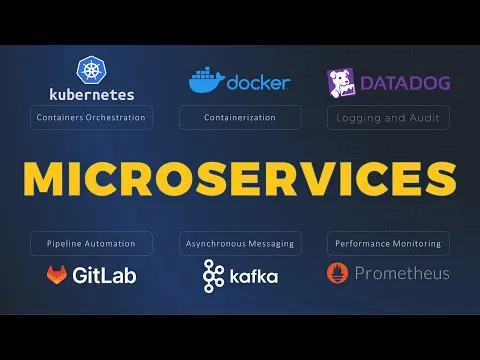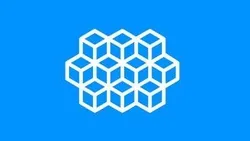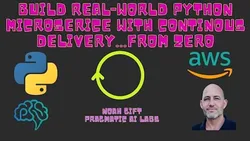
Application Development using Microservices and Serverless 
This course introduces students to the world of microservices and serverless applications. Through hands-on labs, students will learn how to create microservices using Python and Flask, and how to deploy them on the IBM Cloud Code Engine. The course also covers the basics of serverless applications and how to use them in a frontend application. By the end of the course, students will have the skills to create and deploy microservices and serverless applications. ▼
ADVERTISEMENT
Course Feature
![]() Cost:
Cost:
Free
![]() Provider:
Provider:
Coursera
![]() Certificate:
Certificate:
Paid Certification
![]() Language:
Language:
English
![]() Start Date:
Start Date:
10th Jul, 2023
Course Overview
❗The content presented here is sourced directly from Coursera platform. For comprehensive course details, including enrollment information, simply click on the 'Go to class' link on our website.
Updated in [May 25th, 2023]
What skills and knowledge will you acquire during this course?
By completing this course, you will acquire knowledge and skills in microservices and serverless, such as creating REST APIs using Python and Flask, and running applications on the IBM Cloud Code Engine. You will also gain a solid foundation in distributed systems, event-driven architectures, cloud-native applications, containerization, orchestration, and serverless functions. Additionally, you will be able to explore other cloud providers, such as Amazon Web Services and Google Cloud Platform, to learn more about their serverless offerings, as well as open source projects, such as Kubernetes and Apache OpenWhisk, to gain a deeper understanding of the technologies.
How does this course contribute to professional growth?
This course provides a comprehensive introduction to microservices and serverless, two of the most popular application development architectures. By completing this course, professionals will gain a solid foundation in microservices and serverless, allowing them to develop more complex applications, such as distributed systems, event-driven architectures, and cloud-native applications. Additionally, professionals can explore more advanced topics, such as containerization, orchestration, and serverless functions. This course provides a great opportunity for professional growth, as it allows professionals to gain a deeper understanding of the technologies and apply them to their own projects.
Is this course suitable for preparing further education?
This course provides a comprehensive introduction to microservices and serverless, two of the most popular application development architectures. It covers the basics of microservices, such as creating REST APIs using Python and Flask, and the basics of serverless, such as running applications on the IBM Cloud Code Engine. The course also includes several hands-on labs and a final project to help students apply the content they learn. This course is suitable for preparing further education, as it provides a solid foundation in microservices and serverless. Students can then use this knowledge to develop more complex applications, such as distributed systems, event-driven architectures, and cloud-native applications. Additionally, students can explore more advanced topics, such as containerization, orchestration, and serverless functions. To further their knowledge of microservices and serverless, students can explore other courses on the IBM Cloud platform, as well as other cloud providers, such as Amazon Web Services and Google Cloud Platform. They can also look into open source projects, such as Kubernetes and Apache OpenWhisk, to gain a deeper understanding of the technologies.
Course Syllabus
Introduction to Microservices
In this module, you will learn methodologies to follow while creating microservices. Learn the best practices for your application’s development, deployment, and operation stages. Also, understand how microservices allow you to independently design, deploy, and scale them while avoiding a single point of failure in your architecture. And finally, get an insight into different anti-patterns to avoid while designing microservices-based applications.Web API Essentials: REST API and GraphQL
In this module, you will learn about the REST architecture, its key characteristics of flexibility, uniformity, and scalability. Create your very first REST based API using Python and Flask. Use Swagger to document it and test it using cURL, Postman, and a functionality provided by Swagger. Learn the importance of API Gateways, why you need them, their advantages, especially for abstracting your backend and allowing you to plug additional services.Serverless Overview
In this module, you will learn the basics of Serverless applications, and compare them with Containers and Traditional computing models while looking at the advantages and disadvantages of each. You will also understand the Function-as-a-Service model and its constraints. Further, get an overview of the Serverless Framework, a reference architecture, and other use cases. And finally, you will learn about the serverless platforms most commonly used these days.Create and Deploy Microservices using Serverless
In this module, you will learn about how the IBM Cloud Code Engine builds and deploys your apps in seconds. You will then be introduced to IBM Cloud Code Engine’s use cases: deploy applications, build and deploy applications, and run jobs. Next, you will use a Dockerfile to build a container-based application. You will learn to use the IBM Cloud Console or IBM Cloud CLI to perform the application deployment tasks and then deploy it on the IBM Cloud Code Engine.Final Project
Discover how Red Hat® OpenShift®, a container platform for Kubernetes, helps you automate the provisioning, management, and scaling of your Cloud applications. Explore what a service mesh is and how service meshes benefit organizations who are using microservices. Wrap up this module with an understanding of microservices on OpenShift.Pros & Cons

Good theoretical and practical knowledge.

Quick start on IBM cloud and Serverless Applications.

Well laid out info and direct application to solve real world problems.

Technical issues made it hard to practice.

Material is confusing.

Last 2 weeks was mostly a repeat of other courses.
Course Provider

Provider Coursera's Stats at AZClass
Discussion and Reviews
0.0 (Based on 0 reviews)
Explore Similar Online Courses

Developing Applications with SQL Databases and Django

Branding ServiceNow Instances and Service Portals

Python for Informatics: Exploring Information

Social Network Analysis

Introduction to Systematic Review and Meta-Analysis

The Analytics Edge

DCO042 - Python For Informatics

Causal Diagrams: Draw Your Assumptions Before Your Conclusions

Whole genome sequencing of bacterial genomes - tools and applications

Microservices Explained in 5 Minutes

Microservices Architecture and Implementation on NET 5


Start your review of Application Development using Microservices and Serverless